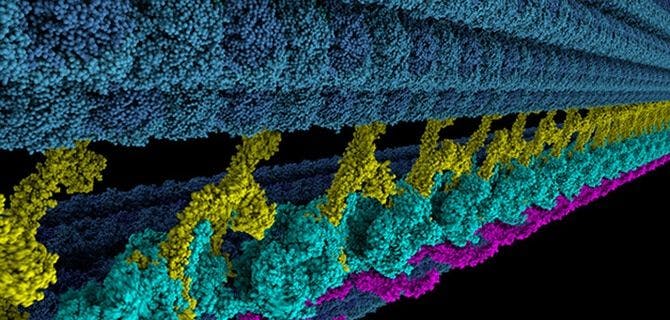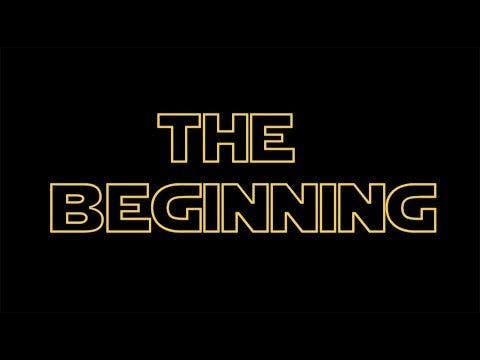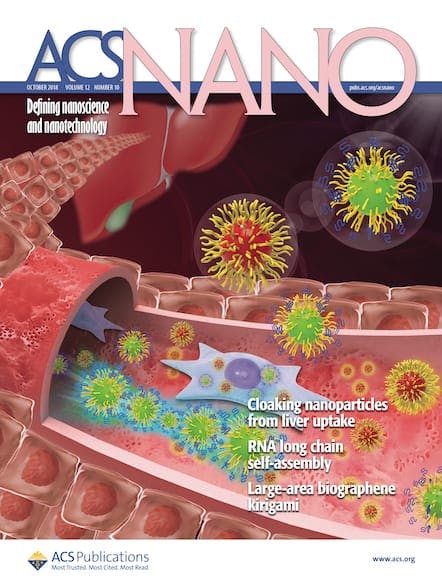The “Star Wars” anthology is one of the most famous movie series ever made. So it’s no wonder that a group of Harvard researchers who were thinking about ways to engage the public in science, turned to Star Wars for inspiration. But rather than intergalactic battles, the scientists-turned-movie-makers depicted a fight for supremacy — among […]

The “Star Wars” anthology is one of the most famous movie series ever made. So it’s no wonder that a group of Harvard researchers who were thinking about ways to engage the public in science, turned to Star Wars for inspiration. But rather than intergalactic battles, the scientists-turned-movie-makers depicted a fight for supremacy — among sperm. Incorporating animation techniques from the film industry, the researchers developed a robust new modeling tool that could help spur new molecular discoveries. Their project, reported in the journal ACS Nano, culminated in a short film about fertilization called “The Beginning.”
The film starts with a black screen. Dramatic music plays. Introductory words appear, then white stars dot the screen. Riffing off the original “Star Wars,” a narrative text crawl scrolls away from you into space. Then the view zooms toward a blue sphere. Objects start flickering onscreen in the foreground, but instead of spacecraft hurtling toward a planet, it’s sperm racing to be the first to fertilize the blue egg. Donald Ingber and Charles Reilly created the short film to broaden public interest in science. But in doing so, they unexpectedly developed a useful tool for modeling molecular behavior.
When making their movie, the scientists wanted to accurately simulate the frenetic movement of sperm tails, which propel the cells. So they combined physics-based animation software from the film-making industry with molecular dynamic simulation tools and used real and simulated data from scientific reports to model the inner workings of sperm tails down to the atomic scale. The results yielded new insights into how molecular “legs,” or protein motors, move. Also, simulating changes to sperm head size, shape, and other variables could lead to a better understanding of defects that affect infertility, the researchers explain. Even more broadly, they say the exercise allowed them to tackle a fundamental challenge in science: developing a modeling tool for hierarchical cellular and molecular motions across various scales.
Learn More About the Development of This Modeling Tool:
Read the Orginal Paper in ACS Nano:
Art Advancing Science: Filmmaking Leads to Molecular Insights at the Nanoscale
ACS Nano, Article ASAP
DOI: 10.1021/acsnano.7b05266

